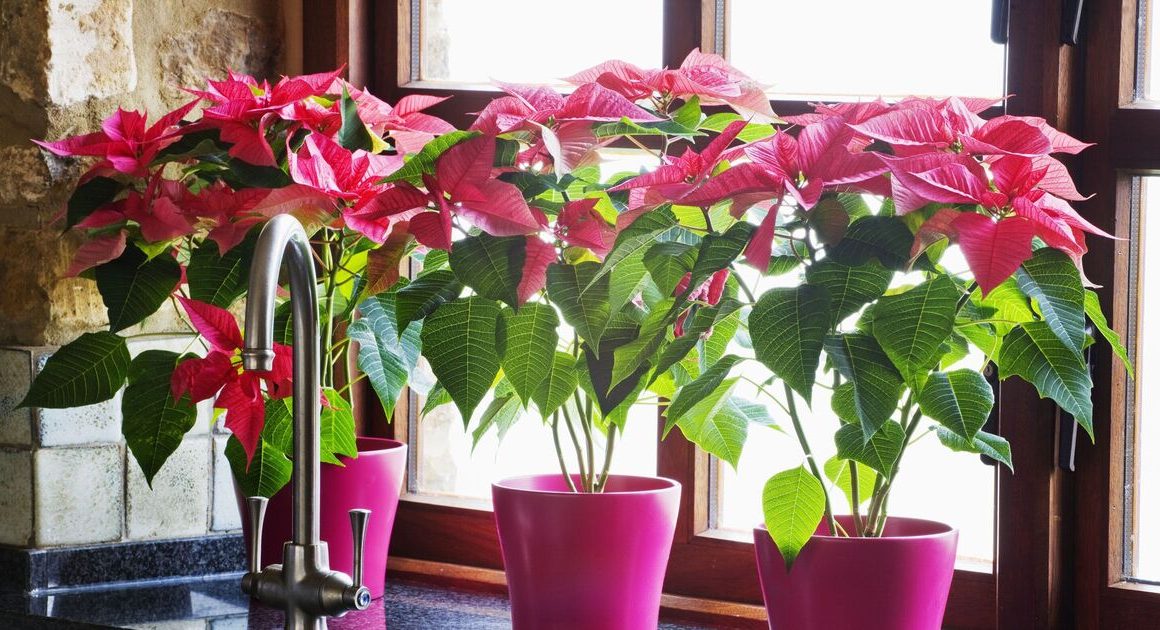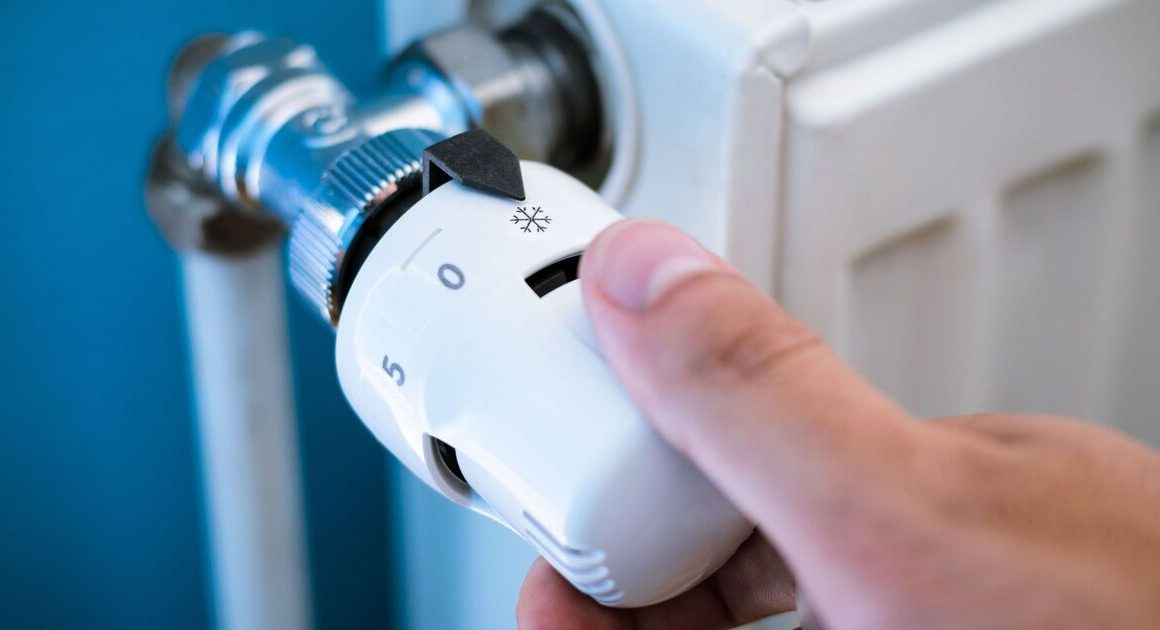Most hydrangeas are pruned in spring, with the exception of climbing ones, which are pruned at the end of summer.
Pruning prevents the plant from becoming woody and congested, helping it channel the energy into producing strong growth and large blooms.
Different types of hydrangeas are pruned in different ways, and at different times of the year, so it is important to make sure this is done correctly.
The Royal Horticultural Society (RHS) said heavy pruning or pruning at the wrong time, such as in August, will result in “loss of flowers”.
If you’re not sure which type of hydrangea you have, the experts recommend just deadheading it and observing how it goes.
If gardeners notice it produces flowers on this year’s growth, then you can prune harder next year.
When it does come to pruning then, cut one or two of the oldest stems at the base to encourage the growth of new, more floriferous replacement shoots.
Gardeners should also renovate overgrown or neglected shrubs by cutting off all the stems at the base, they will not bloom until the following year.
When it comes to watering newly planted hydrangeas, make sure to regularly hydrate them during the first growing season from spring to summer when there’s been no rain for seven to 10 days.
Even mature plants will benefit from watering during hot dry spells, so make sure to use mulch to help the soil retain moisture.
Whilst hydrangeas shouldn’t be pruned during August, there are a variety of plants which will benefit from a trim.
This includes lavender, which must be pruned now to avoid a leggy and woody plant.
When pruning lavender, cut about one-third to half of the plant’s size, but don’t cut more than two-thirds as this may damage or even kill the plant.
Cut to just above a group of new shoots, as cutting lower can damage the plant.
The aim of cutting is to remove dead, diseased and damaged wood as well as help to maintain the look of the plant.












